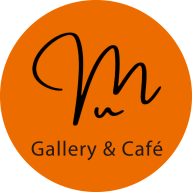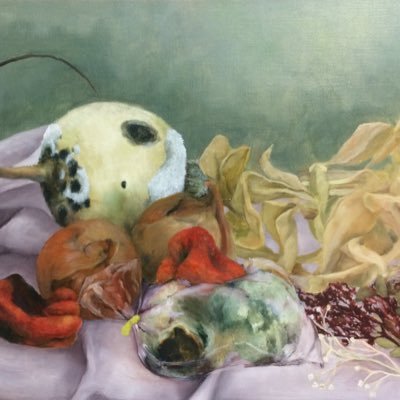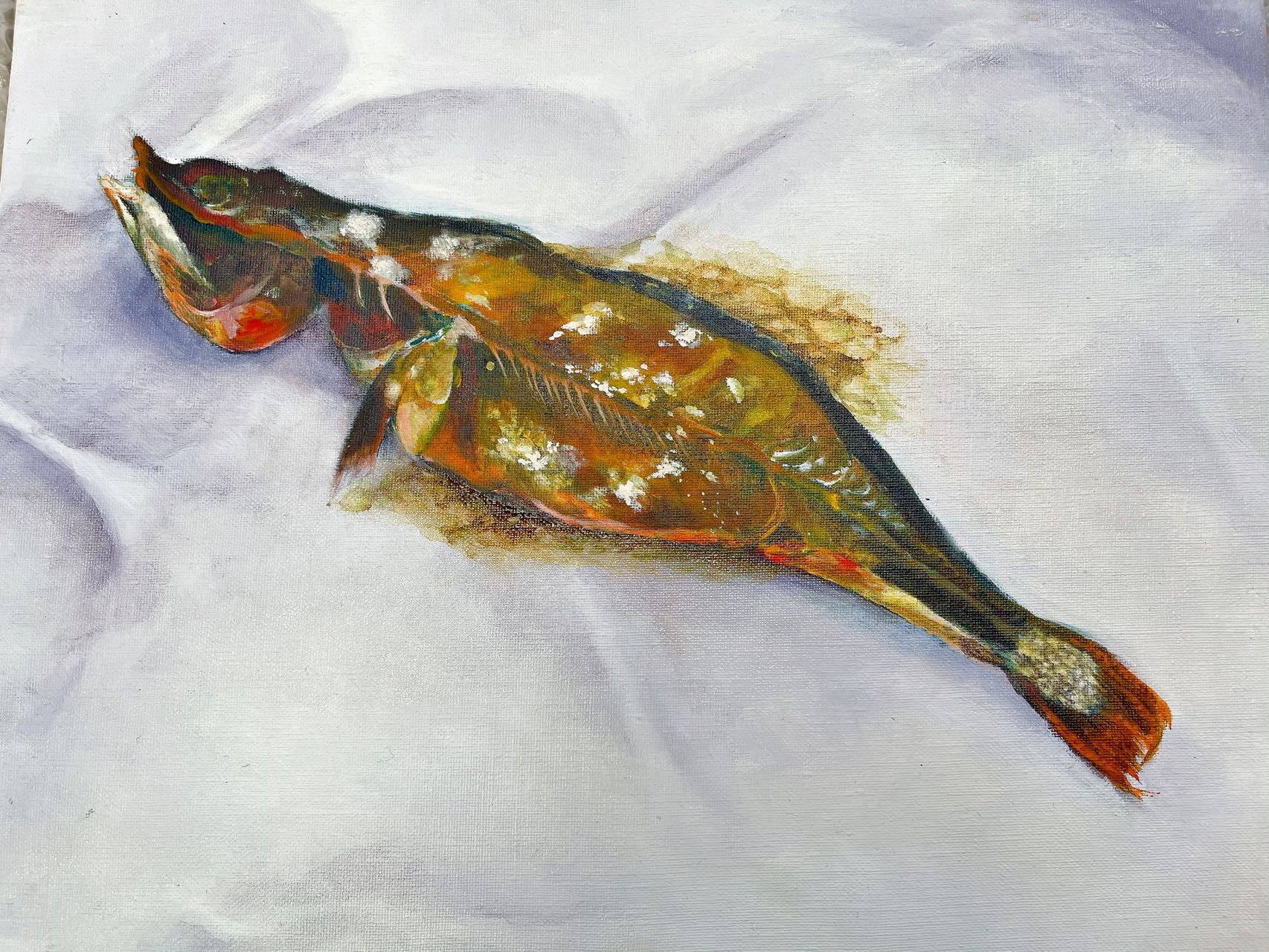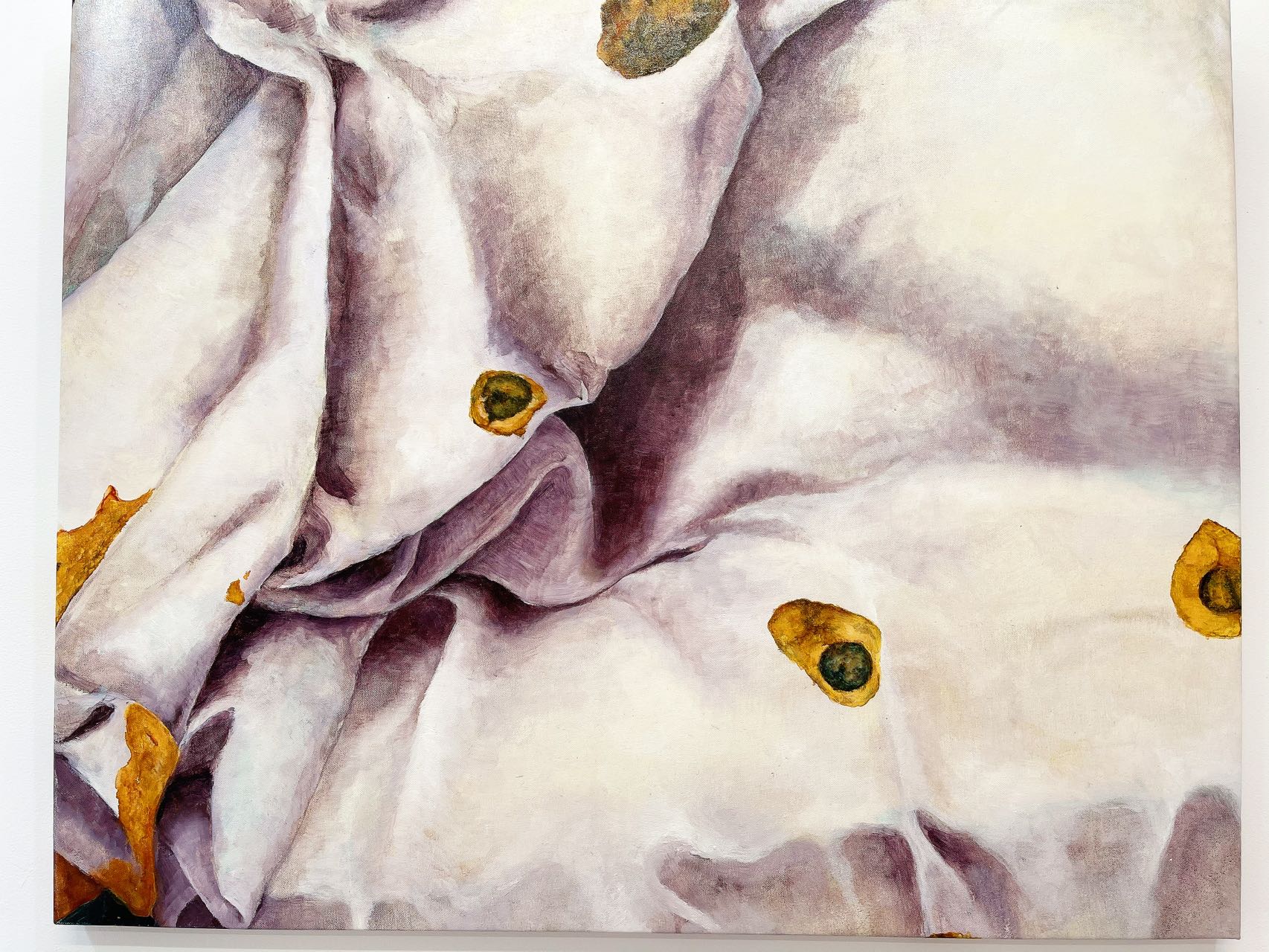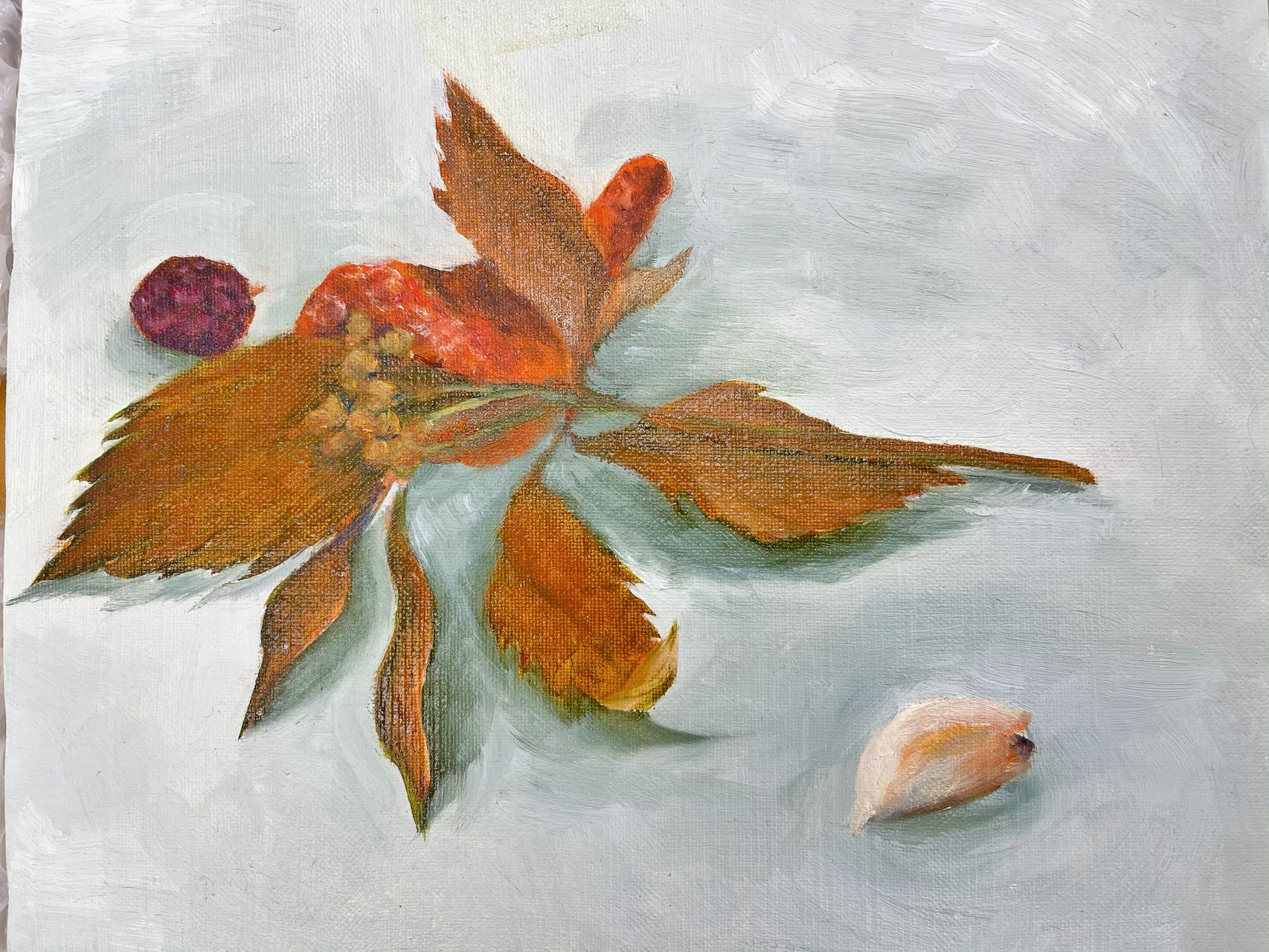SATSUKI
- 日比 さつき
Born in Osaka Prefecture in 1994
2021 "Teaching Assistant·Assistant Exhibition 2021 Musashino Art University Teaching Assistant·Assistant Research Presentation" Musashino Art University Art Museum·Library (Tokyo) 2021 "View point" Hiroshige (Tokyo)
2021 Solo exhibition "See you tomorrow" GALLARY b.TOKYO (Tokyo)
2019 "Assistant Exhibition 2019 Musashino Art University Assistant Research Presentation" Musashino Art University Art Museum Library (Tokyo)
2018 "I don't know when it will end" Kiraly Q (Tokyo)
2018 "Le Stelline" Co., Ltd. Holhein Painting Materials Head Office Kiuri (Osaka)
2017 "The 35th Ueno no Mori Art Museum Award Exhibition" Ueno no Mori Art Museum (Tokyo)
In 2017, he graduated from the Oil Painting Department of the Faculty of Plastic Arts, Musashino Art University
2013 "Beautiful Origins Exhibition Selected Works Exhibition" Midea Origins (Tokyo)
About "later"
I made them on the theme of "end and beginning" or "death and life". Plants with the main subject, during the long period of making, will send out new shoots in the process of wilting. There the beginning and the end are mixed together. Then I continued to gaze at the plants of "others", and I also confirmed my own existence. The "knowledge" that exists there is recorded on the screen as a small history. For me, making is about understanding "self" through "others" while also considering the dividing line between "others" and "self", the dividing line between "life" and "death", or the existence of the world and self, transcending Its dividing line behavior. However, in my mind, the finished work is the work of the "past". This is contradictory to the act of exploring the ambiguity of "ending" and "beginning", and even the feeling of "ending" that is completed as a work cannot be eliminated. That feeling changes after experience in a foreign country.
This summer I spent time in Spain and Italy. For the purpose of training at the museum, you also have the opportunity to spend time with local residents. They talked about the culture and history of the streets where they lived. Their English is not their native language, and my English skills are also very poor. However, even though it was difficult to fully communicate, the way they chewed through the complex content and enthusiastically explained how to convey it made me feel how important the tradition of the streets - the past - is to them.
Retiro Park in Marterit is very deserted in summer and is usually a resting place for people on the street. The park's monument is the patron saint of the street.
Carving of the Biblioteca Maratestiana in Cesena, Italy, the first public library in Europe. Prayer liturgy in the street church. “This is the most beneficial church on the street.”
“For me, of course,” added the woman who showed me around Cesena’s streets.
At that time, for her, the history and culture of this street were not just "the past", but also deeply related to the current daily life. The public teachings of Christianity are of no particular benefit to any particular church. But that church was a special place for her. It was probably a real feeling that the history of the streets she walked with that church now affects her daily life. I can't speak about my own street as eloquently as she does, and even if I try to challenge it, I can only describe it in terms of genre, as if borrowed from Cary. But for her, the street's past is, so to speak, "for me," with a vivid present. And when they told the history of the street, they told it in matter-of-fact words without any special atmosphere. What happens on the street, what happens now, and what will happen in the future—that is, the past, present, and future of the street—are part of their important daily life. Even if it is not directly related to their actual lives, this summer, I strongly felt something important as one of the factors that shape myself.
The past, present, and future they talked about also have a certain understanding of my production. It is precisely because of works like this that the current work can be produced, and it is also connected to future works.
This exhibition is a joint display of recent works from the past. A new "beginning" arises from ambiguous boundaries. I want to leave this exhibition as a "trace" of the production, as a "trace" left by the work, and as an "after" of the exhibition in order to consider the "future" of future production.
